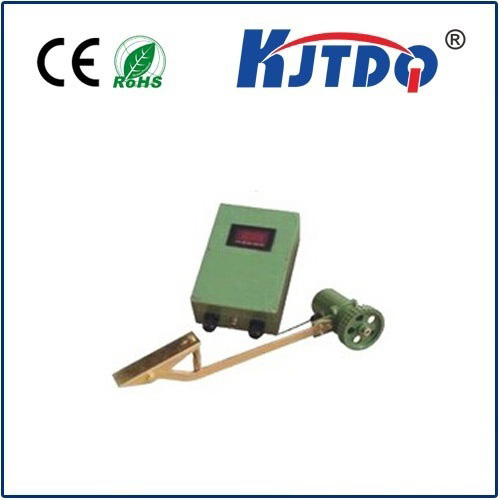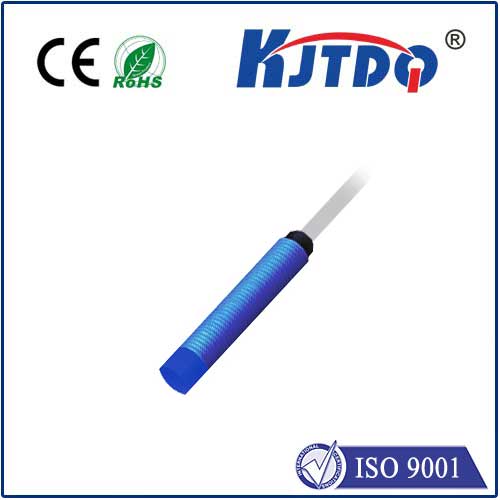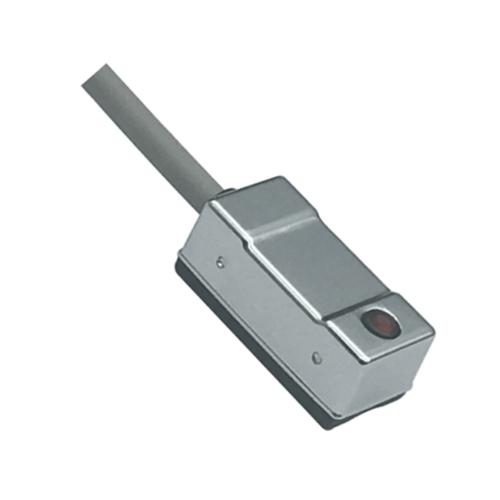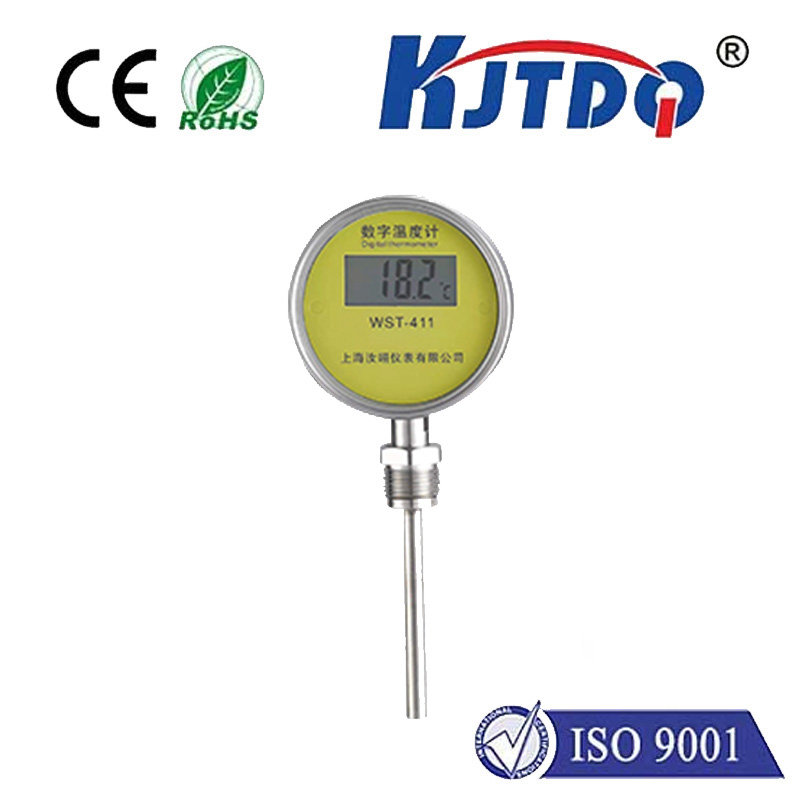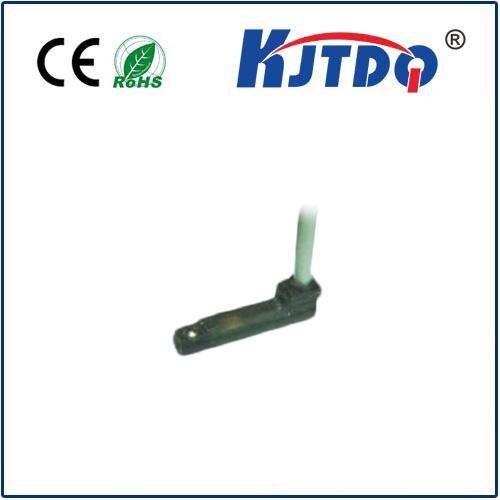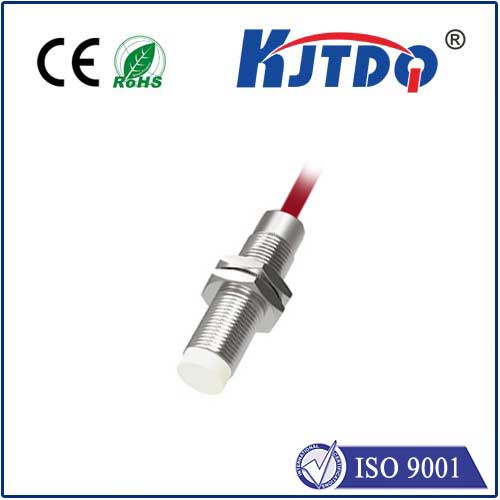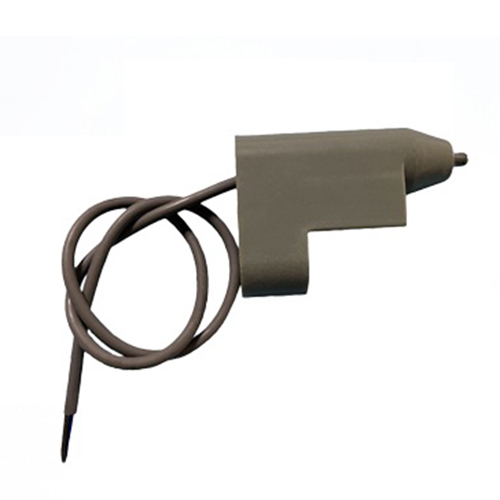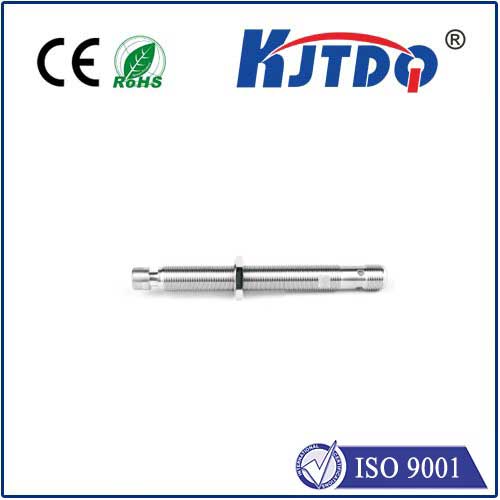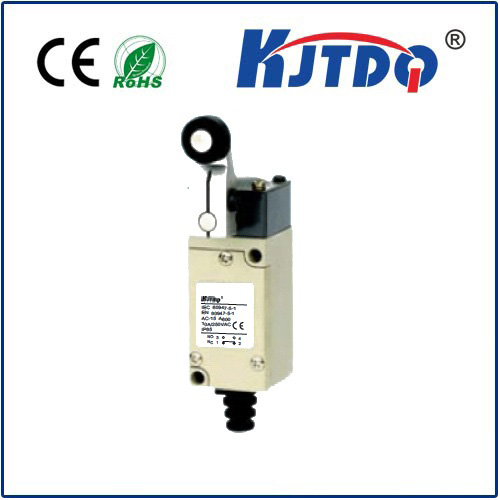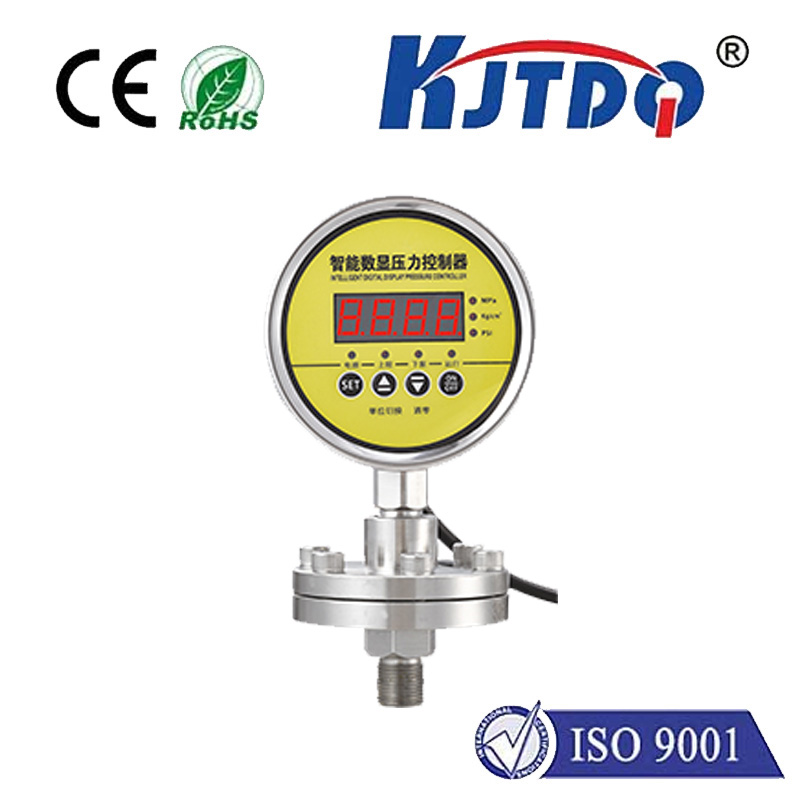

check

check

check

check
Radar Presence Sensor: Enhancing Safety and Efficiency in Modern Systems
In today’s rapidly evolving technological landscape, the integration of advanced sensors and monitoring systems has become crucial for ensuring safety, efficiency, and precision across various industries. Among these, the radar presence sensor stands out as a vital component in applications ranging from automotive safety to industrial automation. This sensor utilizes radar technology to detect objects and determine their presence, making it an essential tool in environments where visibility is limited or conditions are challenging.
A radar presence sensor operates by emitting high-frequency electromagnetic waves and analyzing the reflected signals to determine the location and movement of objects. Unlike traditional sensors that rely on optical or mechanical methods, radar sensors are highly effective in detecting objects through obstacles, including weather conditions and smoke, making them ideal for use in complex environments.

One of the key advantages of radar presence sensors is their ability to provide continuous and real-time data. This makes them particularly useful in applications such as autonomous vehicles, where the vehicle must constantly monitor its surroundings to avoid collisions. The sensor’s ability to detect objects at a distance and in adverse conditions ensures that the vehicle can react promptly and safely.
In addition to automotive applications, radar presence sensors are widely used in industrial settings. For example, in manufacturing plants, they can monitor the presence of workers and equipment, helping to prevent accidents and improve workplace safety. In logistics and warehouse management, these sensors enable automated systems to track inventory and movement, increasing efficiency and reducing human error.
The radar presence sensor is also playing a growing role in aerospace and aviation. By detecting the presence of aircraft and ground vehicles, these sensors contribute to the safety of air traffic control and ground operations. In military and defense applications, they help in monitoring the movement of troops and vehicles, ensuring that operations are conducted with minimal risk.
As technology continues to advance, the demand for more accurate and reliable radar presence sensors is on the rise. Innovations in sensor design and signal processing are leading to improved performance and broader applications. For instance, the integration of artificial intelligence and machine learning is enabling these sensors to interpret data more effectively, leading to better decision-making and enhanced system functionality.
In conclusion, the radar presence sensor is a critical component in modern systems, offering reliable detection and monitoring capabilities in a variety of environments. Its versatility and effectiveness make it an essential tool for ensuring safety, efficiency, and precision across multiple industries. As technology continues to evolve, the future of radar presence sensors looks promising, with continued advancements expected to further enhance their capabilities and applications.
